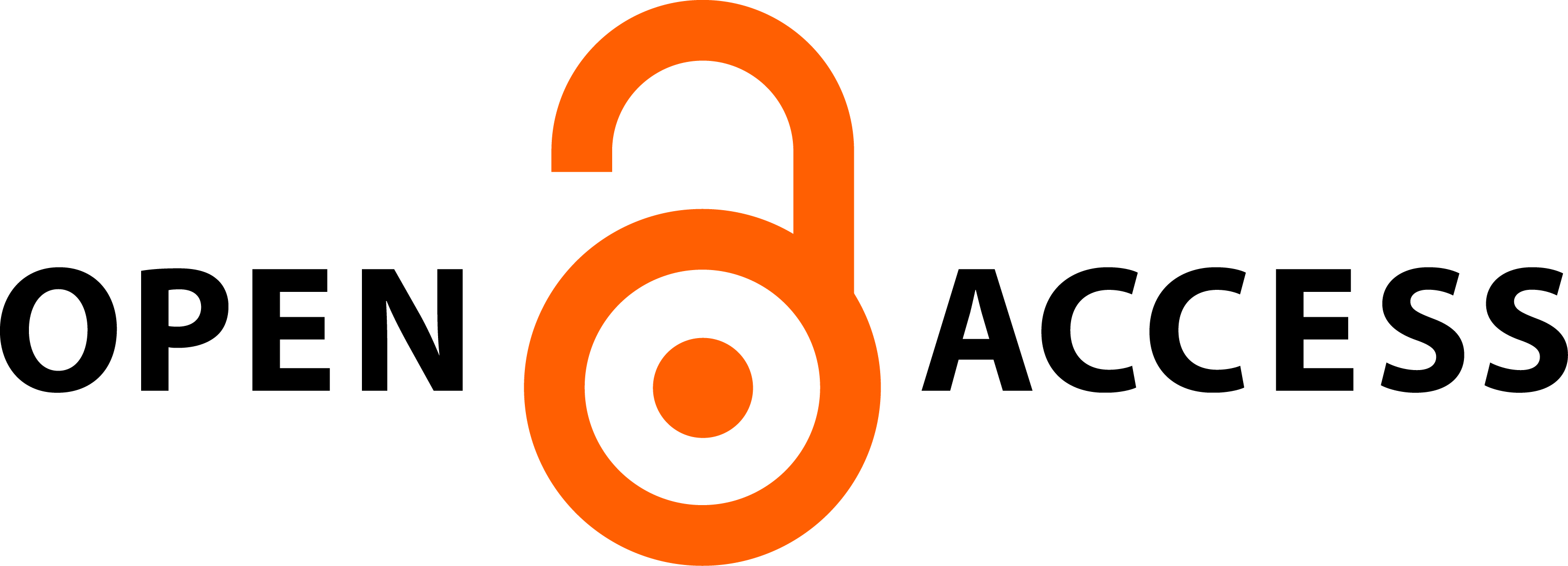A Case Study on Childhood Pemphigus Vulgaris
Keywords:
pemphigus vulgaris, autoimmune blistering disorder, desmoglein’s, immunosuppressive agentsAbstract
Pemphigus vulgaris is a rare autoimmune blistering disorder characterized by the formation of painful, fluid-filled blisters on the skin and mucous membranes. This condition is caused by the production of autoantibodies that target desmoglein’s, which are proteins responsible for maintaining the adhesion between skin cells. The breakdown of cell adhesion leads to the formation of blisters and erosions, causing significant morbidity. Pemphigus vulgaris often presents with oral lesions, but it can affect other mucosal surfaces and the skin. Diagnosis involves clinical examination, histopathology, and immunofluorescence studies. Management typically includes systemic corticosteroids and immunosuppressive agents, although treatment strategies may vary based on the severity of the disease. Despite advancements in understanding the pathophysiology of pemphigus vulgaris, challenges remain in achieving long-term remission and minimizing treatment-related side effects. Ongoing research aims to uncover novel therapeutic approaches and improve the overall quality of life for individuals affected by this autoimmune blistering disorder.
Downloads
References
Murrell DF, Daniel BS, Joly P, et al. Definitions and outcome measures for mucous membrane pemphigoid: recommendations of an international panel of experts. J Am Acad Dermatol. 2015;72(1):168-74.
Kasperkiewicz M, Ellebrecht CT, Takahashi H, et al. Pemphigus. Nat Rev Dis Primers. 2017; 3:17026.
Langan SM, Smeeth L, Hubbard R, Fleming KM, Smith CJ, West J. Bullous pemphigoid and pemphigus vulgaris—incidence and mortality in the UK: population-based cohort study. BMJ. 2008;337:a180.
Kridin K, Zelber-Sagi S, Bergman R. Pemphigus vulgaris and pemphigus foliaceus: differences in epidemiology and mortality. Acta Derm Venereol. 2017;97(9):1095-1099.
Ahmed AR, Spigelman Z, Cavacini LA, Posner MR. Treatment of pemphigus vulgaris with rituximab and intravenous immune globulin. N Engl J Med. 2006;355(17):1772-1779.
Published
How to Cite
Issue
Section

This work is licensed under a Creative Commons Attribution 4.0 International License.




